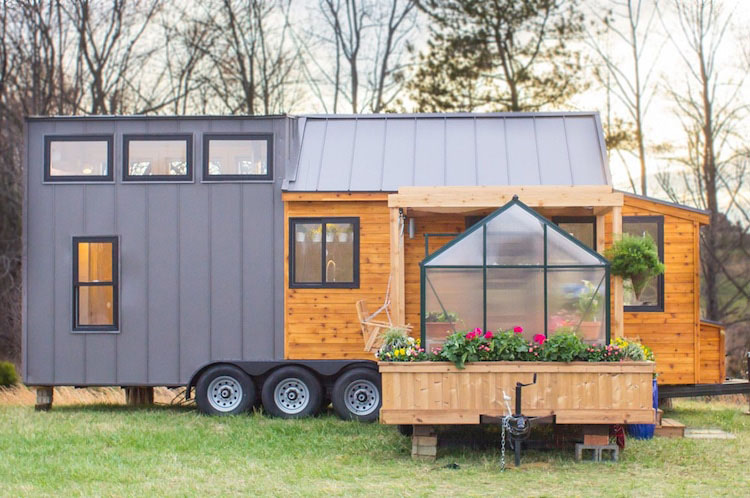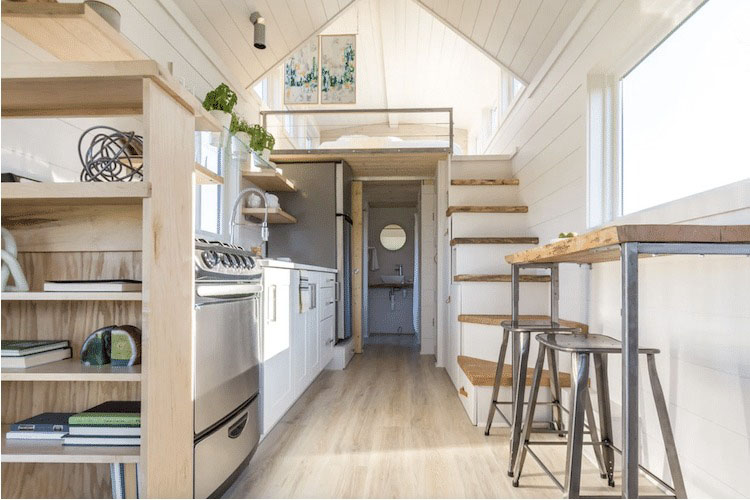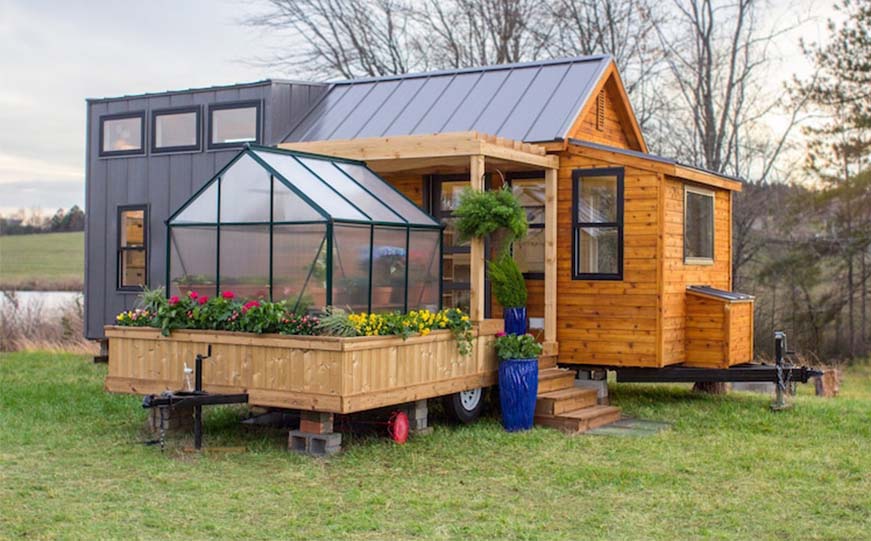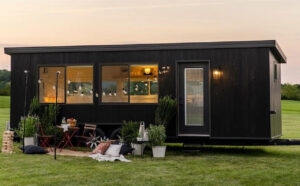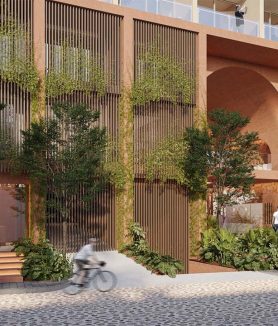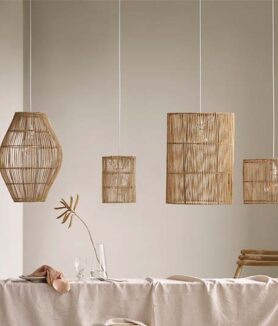The tiny houses are small houses designed to maximize the use of space in a reduced size. These houses usually have an average size of between 10 and 30 square meters, although they can vary. They are often built on wheels for easy transport and flexibility in location.
The concept of tiny houses has become popular in recent years for several reasons. Many people choose to live more simply, minimizing the amount of belongings and space they need. Additionally, tiny houses are often more affordable than traditional homes, making them attractive to those looking to lower their housing costs or have a more affordable option.
Despite their small size, tiny houses are efficiently designed to make the most of every square inch. They often include features like sleeping lofts, multifunctional furniture that folds or slides, and creative storage.
Tiny houses can serve as primary residences, but are also used as vacation homes, guest houses, art studios, or even workspaces. Although living in a tiny house may require adaptation and sacrifice of space, many people find that this option gives them freedom, simplicity and a closer connection with nature.
In 1997, Sarah Susanka, an American writer and architect, popularized the concept of tiny houses in her book "The Not So Big House", which gave way to a worldwide movement, especially in the developed countries, for those seeking to live more simply and efficiently, making smarter use of space.
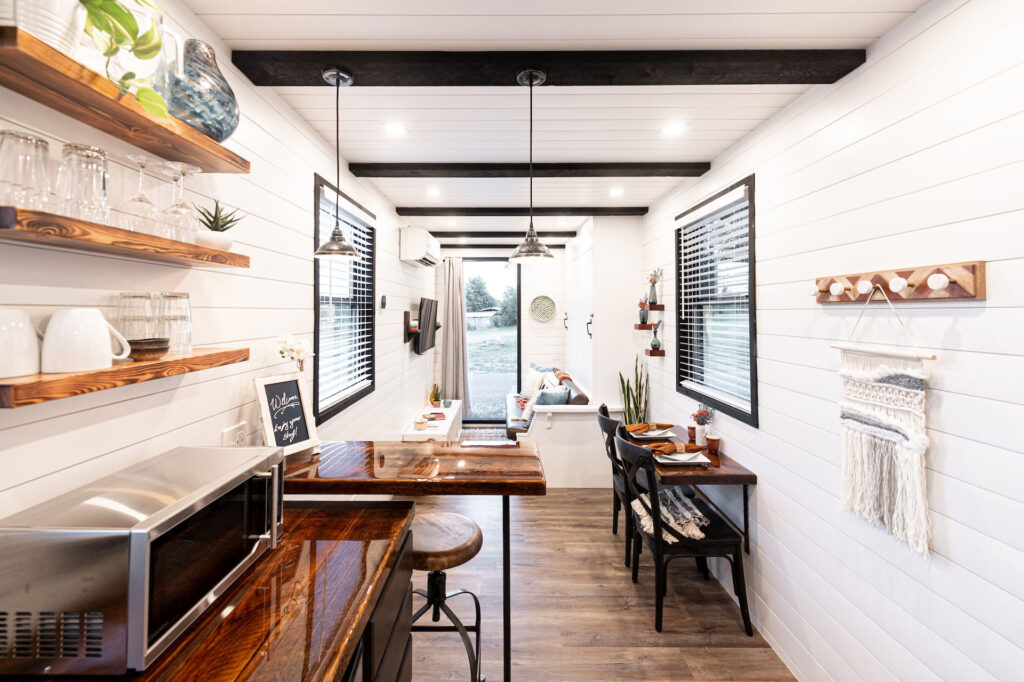
The concept of small houses is based on the premise that we do not need big houses to live comfortably and meet our needs. Instead of focusing on the size of the house, Sarah Susanka proposes to focus on the quality of the design and the utility of each space. She advocates the idea that a smaller home can be just as functional, cozy, and aesthetically pleasing as a larger home, if not more so.
Susanka small houses are characterized by several key principles:
1. Quality-Focused Design: Instead of simply increasing the size of the home, it focuses on design quality and attention to detail. This involves creating well-planned and functional spaces that suit the owner's needs.
2. Efficient use of space: Tiny houses are designed to make the most of every available square inch. This can include creative storage solutions, multifunctional furniture, and modular designs that allow for flexibility in the use of space.
3. Simplification and detachment: Sarah Susanka promotes the idea of living with less and getting rid of the unnecessary. This means removing clutter and focusing on the essentials, thus creating a feeling of lightness and freedom in the home.
4. Connection with the environment: Small houses tend to focus on establishing a closer connection with the natural environment. Large windows, terraces or patios can be used to integrate the interior with the exterior, creating a feeling of spaciousness and allowing you to enjoy the surrounding nature.
The reality of our times
In countries where the cost of housing is high, such as the United States, Canada and the United Kingdom, tiny houses have gained popularity as a cheaper option and are a feasible alternative for those who want to own a home without incurring large costs. mortgage debts.
In addition, tiny houses are generally designed to be energy efficient and have a lower environmental impact compared to conventional homes. Many countries are adopting policies and regulations that promote sustainability, which has fueled the development of tiny house communities. Countries like Germany, Sweden and the Netherlands are known for their focus on sustainability and have seen a rise in tiny house construction.
The change in family structures and housing patterns has also contributed to the development of tiny houses. More and more people are living alone or in couples without children, which has created a demand for smaller and more space-efficient homes. Countries like Japan, where the average size of households is small, have adopted tiny houses as a solution to face this demographic reality.
The minimalist movement, which advocates living with fewer possessions and focusing on experiences rather than material goods, has influenced the popularity of tiny houses. This lifestyle has spread to several countries, including the United States, Canada, Australia, and New Zealand, where tiny houses offer a way of living that is more simplified and free from excess.
At the moment there are already countless options for Tiny Houses on the market, both in the United States and in Europe, but those who are truly at the forefront in this matter are Scandinavian architects and companies, since they now present them built on a trailer with wheels, which allows it to be moved at the whim of its owner.
Elsa, manufactured by Olive Nest Tiny Homes, is the latest and most revolutionary of their products. With a space of 30 m2, built on an 8 m2 trailer, with bright and functional interior spaces, it has 14 windows and also has a porch, pergola, swing and a greenhouse. The cost? 25,000 usd and you can also assemble them yourself.

